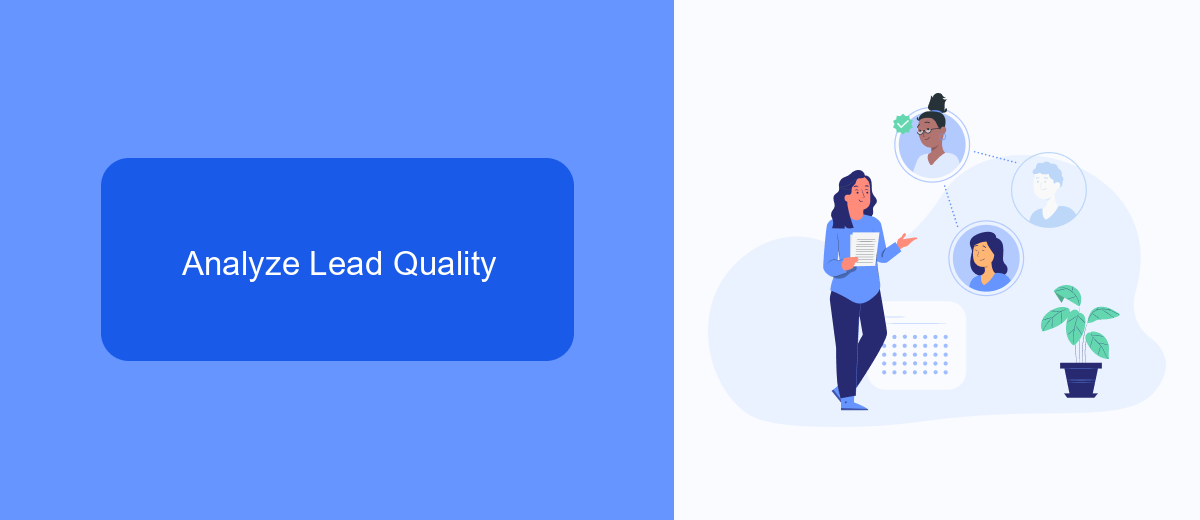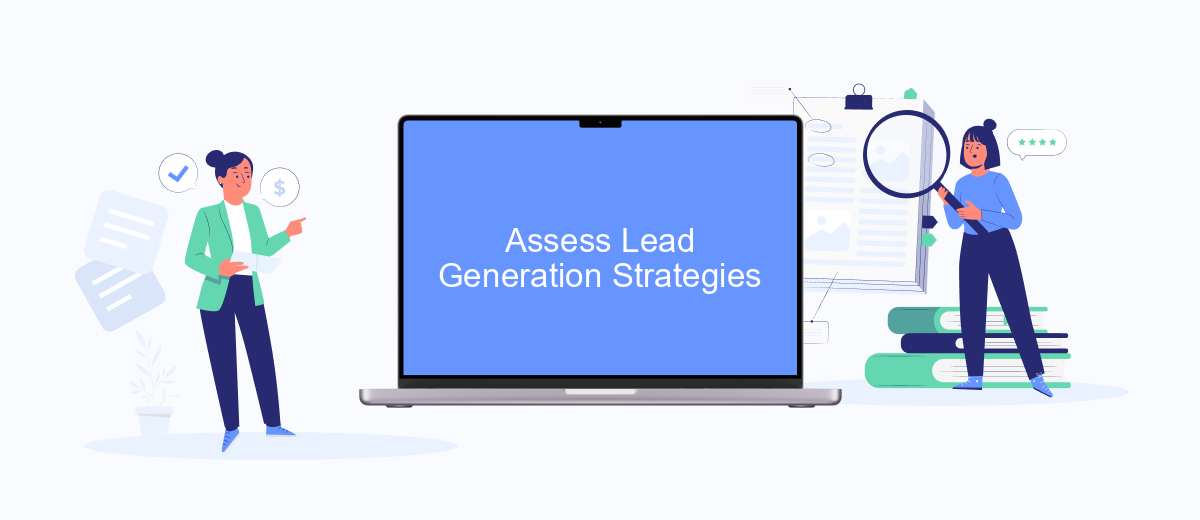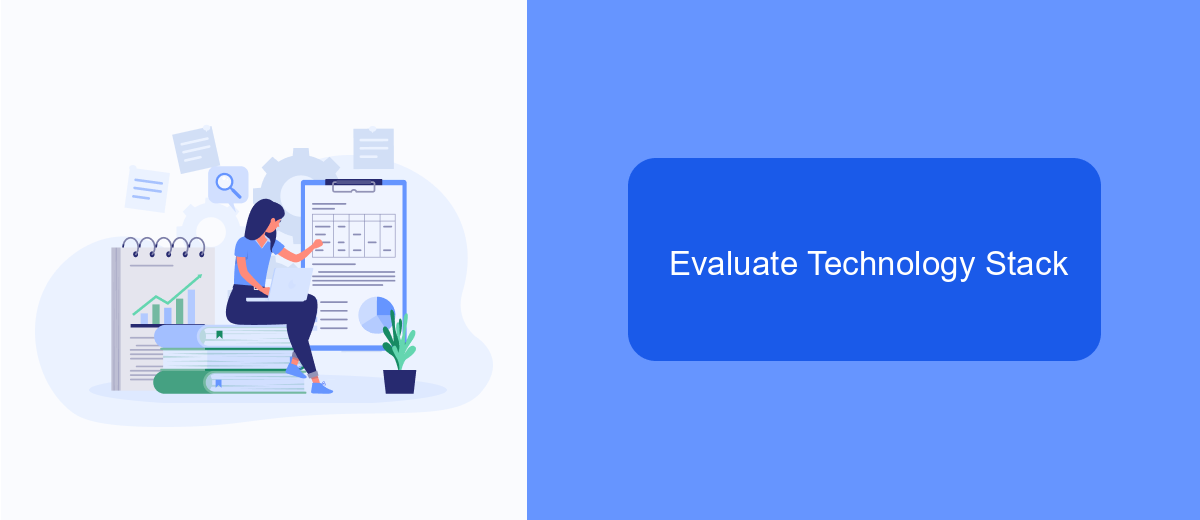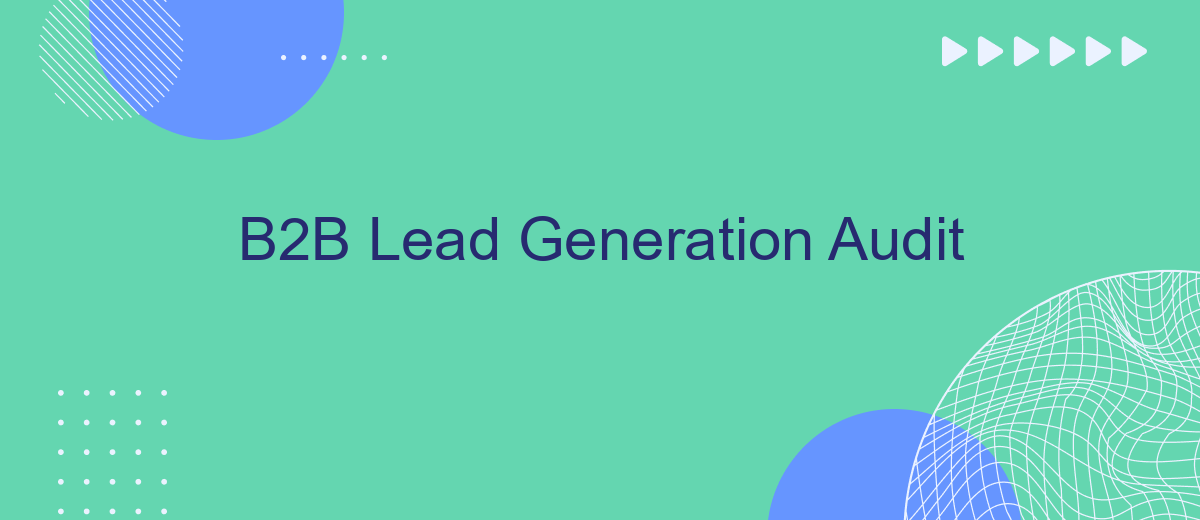In today's competitive business landscape, generating high-quality B2B leads is more critical than ever. A comprehensive B2B lead generation audit can help identify gaps in your current strategy, optimize your lead funnel, and ultimately boost your sales pipeline. This article delves into the essential components of a successful audit, offering actionable insights to elevate your lead generation efforts.
Identify Data Sources
Identifying data sources is a crucial step in conducting a B2B lead generation audit. The accuracy and comprehensiveness of your audit depend heavily on the quality and variety of data you gather. Start by evaluating both internal and external data sources to get a complete picture of your lead generation activities.
- CRM Systems: Your Customer Relationship Management (CRM) system is a goldmine for lead information. Ensure you extract data on lead demographics, engagement history, and conversion rates.
- Marketing Automation Tools: Platforms like HubSpot or Marketo provide valuable insights into lead behavior, campaign performance, and email engagement metrics.
- Web Analytics: Google Analytics and similar tools can help you understand website traffic patterns, landing page performance, and user behavior.
- Social Media Analytics: Gather data from LinkedIn, Twitter, and other social platforms to assess your social media lead generation efforts.
- Third-Party Integrations: Utilize services like SaveMyLeads to seamlessly integrate and automate data collection from various sources, ensuring no lead data is overlooked.
By systematically identifying and aggregating data from these sources, you can create a comprehensive audit that highlights strengths and areas for improvement in your B2B lead generation strategy. This approach ensures you have a holistic view of your lead generation efforts, enabling more informed decision-making and strategy adjustments.
Analyze Lead Quality

Analyzing lead quality is a crucial step in optimizing your B2B lead generation efforts. Start by examining the sources of your leads to determine which channels are providing the most valuable prospects. Consider metrics such as conversion rates, customer lifetime value, and engagement levels to assess the effectiveness of each source. This will help you identify high-quality leads that are more likely to convert into paying customers, allowing you to allocate resources more efficiently.
Additionally, leveraging integration tools like SaveMyLeads can streamline the process of gathering and analyzing lead data. By automating the transfer of lead information from various platforms into your CRM, SaveMyLeads ensures that you have accurate and up-to-date data for analysis. This not only saves time but also reduces the risk of errors, providing a clearer picture of lead quality. Use these insights to refine your lead generation strategies and focus on the channels and tactics that yield the best results.
Assess Lead Generation Strategies

Assessing your lead generation strategies is crucial to ensure that your efforts are yielding the desired results. A comprehensive audit will help you identify strengths, weaknesses, and opportunities for improvement. Here are the key steps to assess your lead generation strategies:
- Evaluate Your Lead Sources: Identify which channels are bringing in the most qualified leads. Analyze data from social media, email campaigns, SEO, and paid advertising to determine effectiveness.
- Analyze Lead Quality: Measure the quality of leads generated by each source. Look at conversion rates, the average deal size, and customer lifetime value to gauge lead quality.
- Review Integration Tools: Ensure that your lead generation tools are effectively integrated with your CRM and other marketing platforms. Services like SaveMyLeads can automate the integration process, making it easier to manage and analyze your leads.
- Assess Content Performance: Evaluate the performance of your content in attracting and converting leads. Identify which types of content (blogs, whitepapers, videos) are most effective.
- Monitor KPIs: Track key performance indicators such as cost per lead, lead conversion rate, and ROI to measure the overall success of your strategies.
By systematically assessing these aspects, you can fine-tune your lead generation strategies to maximize efficiency and effectiveness. Regular audits will help you stay ahead of market trends and ensure that your efforts are aligned with your business goals.
Evaluate Technology Stack

Evaluating your technology stack is a crucial step in conducting a comprehensive B2B lead generation audit. This process ensures that your tools and platforms are optimized to capture, nurture, and convert leads effectively. Start by assessing the current tools you are using to identify any gaps or inefficiencies that could be hindering your lead generation efforts.
Next, consider the integration capabilities of your technology stack. Seamless integration between various tools can streamline your lead management process, making it more efficient and less prone to errors. For instance, using a service like SaveMyLeads can help automate the integration of different platforms, ensuring that data flows smoothly between your CRM, email marketing tools, and other lead generation systems.
- Review the effectiveness of your CRM system.
- Assess the performance of your email marketing tools.
- Evaluate the integration capabilities of your current tools.
- Identify any missing tools that could enhance your lead generation process.
By thoroughly evaluating your technology stack, you can identify areas for improvement and make informed decisions about which tools to keep, upgrade, or replace. This will ultimately help you create a more efficient and effective lead generation strategy, driving better results for your B2B efforts.


Develop Improvement Plan
Once the audit is complete, the next step is to develop an improvement plan that addresses identified gaps and optimizes the lead generation process. Start by prioritizing the areas that require immediate attention, such as updating outdated content, enhancing landing pages, or refining targeting strategies. Allocate resources accordingly and set clear, achievable goals for each improvement area. This structured approach ensures that every aspect of your lead generation strategy is aligned with your business objectives.
In addition to internal adjustments, consider leveraging external tools and services to streamline processes and enhance efficiency. For example, integrating SaveMyLeads can automate the transfer of leads from various sources to your CRM, ensuring no potential client is overlooked. This not only saves time but also minimizes human error, allowing your team to focus on nurturing and converting leads. Regularly review and adjust the improvement plan based on performance metrics to ensure continuous growth and adaptation to market changes.
FAQ
What is a B2B Lead Generation Audit?
Why is a B2B Lead Generation Audit important?
How often should a B2B Lead Generation Audit be conducted?
What are the key components of a B2B Lead Generation Audit?
How can automation tools aid in B2B Lead Generation?
Personalized responses to new clients from Facebook/Instagram. Receiving data on new orders in real time. Prompt delivery of information to all employees who are involved in lead processing. All this can be done automatically. With the SaveMyLeads service, you will be able to easily create integrations for Facebook Lead Ads and implement automation. Set up the integration once and let it do the chores every day.
